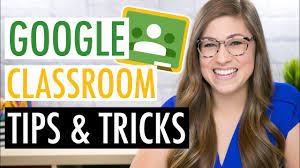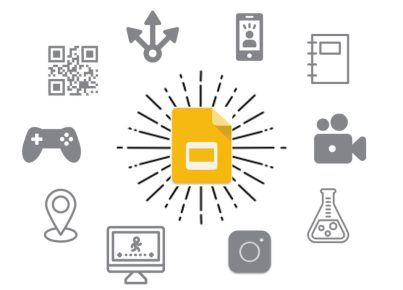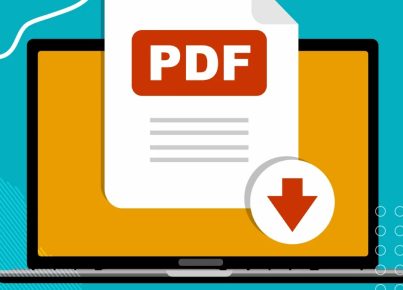Introduction
Google Classroom has become an indispensable tool for educators worldwide since its launch in 2014. Designed to simplify the process of sharing files and resources between teachers and students, it offers several features that enhance collaboration, organization, and communication—ultimately improving the learning experience for both parties. In this article, we will explore what Google Classroom is, how it works, and share helpful tips and tricks for teachers to make the most of this innovative platform.
What is Google Classroom?
Google Classroom is a free web-based platform that works seamlessly with Google apps like Docs, Sheets, and Slides. It enables educators to create online classrooms, distribute assignments, organize folders, manage deadlines, monitor student progress, and provide real-time feedback—all in one place.
Tips and Tricks for Teachers
1. Utilize Google Drive Integration: One immense advantage of using Google Classroom comes from its tight integration with Google Drive. When creating assignments or sharing resources with students, files uploaded are automatically saved in a dedicated folder within the teacher’s drive. This helps keep things organized and makes it easier to access shared resources later.
2. Organize with Topics: As you create assignments and resources within your classroom, organize them by using “topics.” This feature allows you to group related materials together under a specific theme or unit. Ultimately, your students will find it much simpler to navigate through your courses.
3. Schedule Posts Ahead of Time: If you want to organize your class activities ahead of time without overwhelming your students with many posts at once, schedule them to appear at specific dates/times. This way, you can plan your lessons better and provide your students with a more structured learning experience.
4. Enable Guardian Summaries: Keep parents or guardians involved by enabling guardian summaries in Google Classroom settings. By doing so, guardians receive regular email updates on their child’s progress—including missing work, upcoming assignments, and class announcements.
5. Streamline Communication with Students: Google Classroom offers several communication options. Use the ‘Stream’ tab to post announcements and reminders for the whole classroom. Make use of private comments for one-on-one conversations with your students. This feedback is visible only to you and the student, allowing for personalized guidance or support.
6. Create Reusable Assignments: If you have assignments that are used multiple times throughout the school year or across different classes, you can save time by creating reusable assignments. Copy existing tasks within Google Classroom or create a new assignment and opt to reuse the post in different classes.
7. Encourage Peer Collaboration: Take advantage of features like collaborative documents, presentations, and virtual discussions to engage students in group work. This encourages active participation and fosters collaboration among classmates.
Conclusion
By integrating Google Classroom into your teaching strategy, you will be able to streamline and enhance your educational process more than ever before. The ability to efficiently organize resources, manage deadlines, and monitor progress helps improve learning outcomes for all students involved. Experiment with these tips and tricks to harness the full power of Google Classroom, ultimately transforming the way you teach—and the way your students learn.




